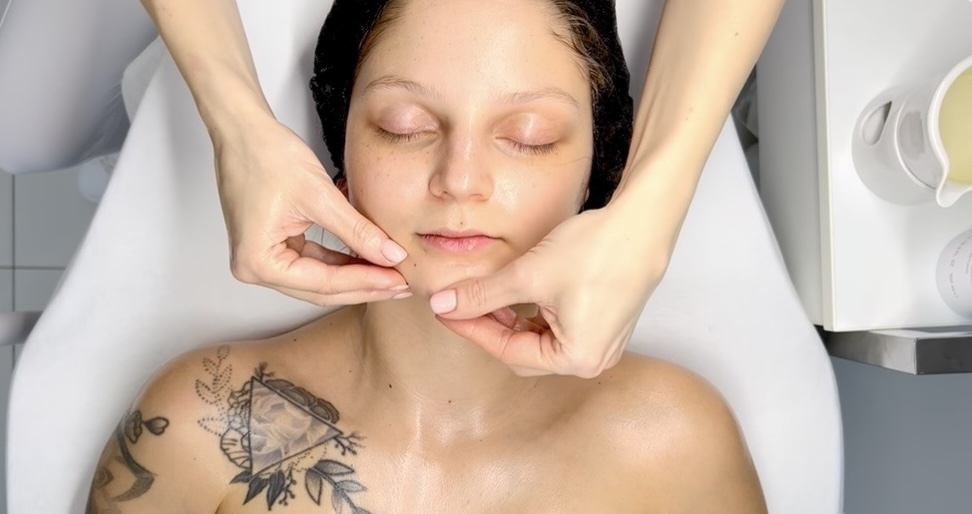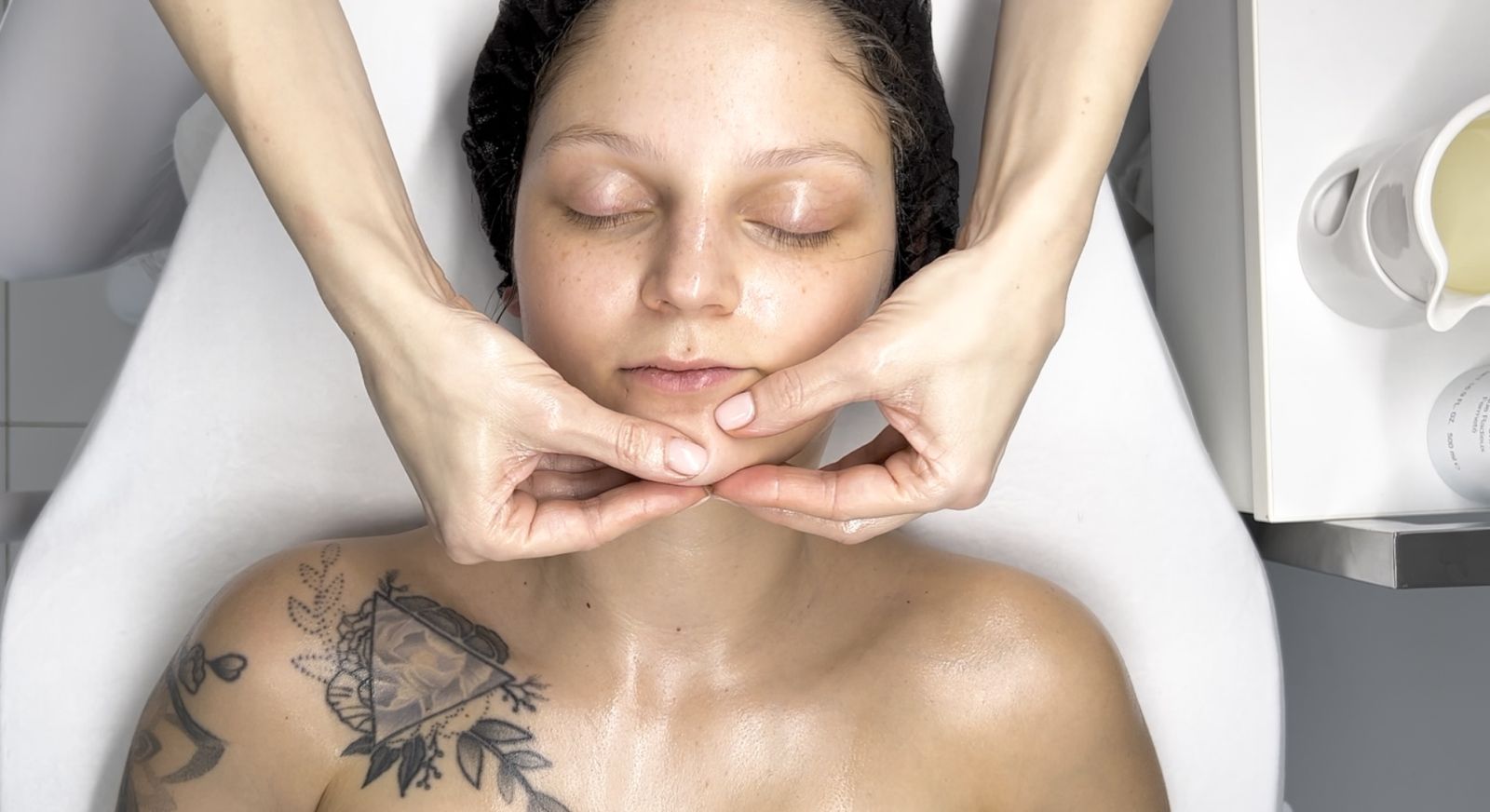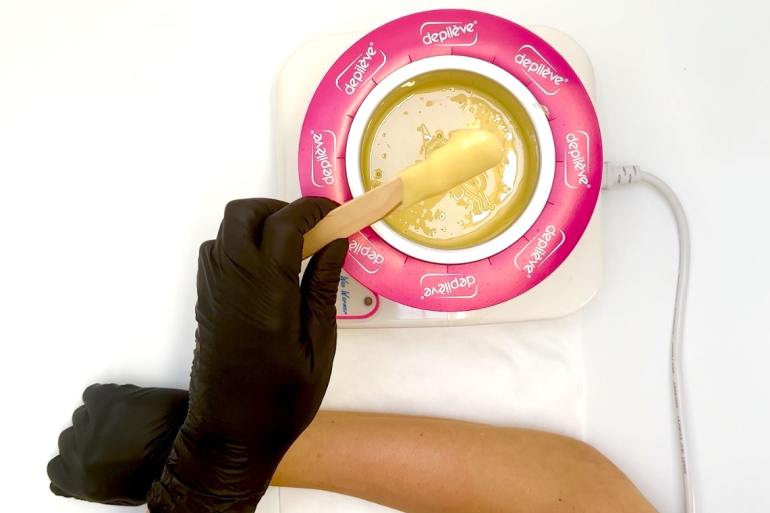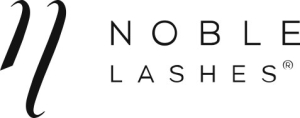If you want to grow your skills at your own pace and truly invest in your future — you’re in the right place. Thousands of students have already chosen Beauty Expert Online to gain internationally recognized beauty qualifications. Our online programs reach students in over 200 markets worldwide, giving access to modern, flexible beauty education — no matter where you live.
The Classic Facial Massage — Techniques, Skin Benefits & Science Behind It

A classic facial massage is one of the most timeless techniques in professional skincare. It blends therapeutic touch, muscle work, and targeted stimulation of the skin to support natural rejuvenation. This type of massage is widely used in spas, beauty clinics, and home routines because it delivers both instant relaxation and visible skin improvements.
Why Does a Facial Massage Work So Well?
A well-performed facial massage activates circulation, boosts lymphatic flow, and softens tension in facial muscles. When performed regularly, it can:
- brighten the complexion,
- reduce puffiness and swelling,
- soften expression lines,
- refine facial contours,
- enhance absorption of skincare ingredients.
The combination of effleurage, friction, petrissage, and vibration helps calm overworked tissues while energizing the deeper layers of the skin.
Key Manual Techniques Used in Professional Facial Massage
Effleurage (gentle gliding strokes)
Effleurage is the foundation of every facial massage. These soft, rhythmic strokes calm the nervous system, prepare the skin for deeper techniques, and encourage lymphatic drainage. They also help distribute skincare products evenly and smooth dry, flaky areas.
Friction (warming and stimulating strokes)
Through circular and spiral movements, friction warms the tissues and boosts metabolic activity. This technique:
- improves collagen flexibility,
- supports oxygenation,
- enhances the skin’s natural renewal process.
Petrissage (lifting and kneading movements)
Petrissage targets the facial muscles, lifting and releasing tension. It can:
- strengthen the muscle fibers,
- promote detoxification of tissues,
- relieve tightness around the jaw and mid-face.
It is especially effective for the jawline, masseter muscle, and cheeks.

Tapotement & Vibration
These optional techniques introduce light rhythmic tapping and micro-vibrations. Tapotement energizes the skin, while vibration soothes the nerves and promotes deep relaxation.
How to Prepare for a Facial Massage
A professional facial massage works best when the environment and technique are well-organized:
- start the massage at the décolletage and neck,
- work upward toward the face,
- keep movements fluid and consistent,
- maintain a comfortable lying position for the client,
- adjust tempo depending on the desired effect (slow for relaxation, quicker for stimulation).
Anatomy-based precision and mindful hand movement are key to an effective treatment.
Why This Technique Remains a Staple in Beauty Therapy
A classic facial massage isn’t just relaxing — it’s a scientifically supported technique that improves circulation, tissue tone, and overall skin vitality. It’s a gentle yet powerful tool for achieving a smoother, healthier, and more lifted appearance.
For anyone looking to learn facial massage safely and professionally, an online training course offers the ideal combination of theory, technique, and hands-on practice.











